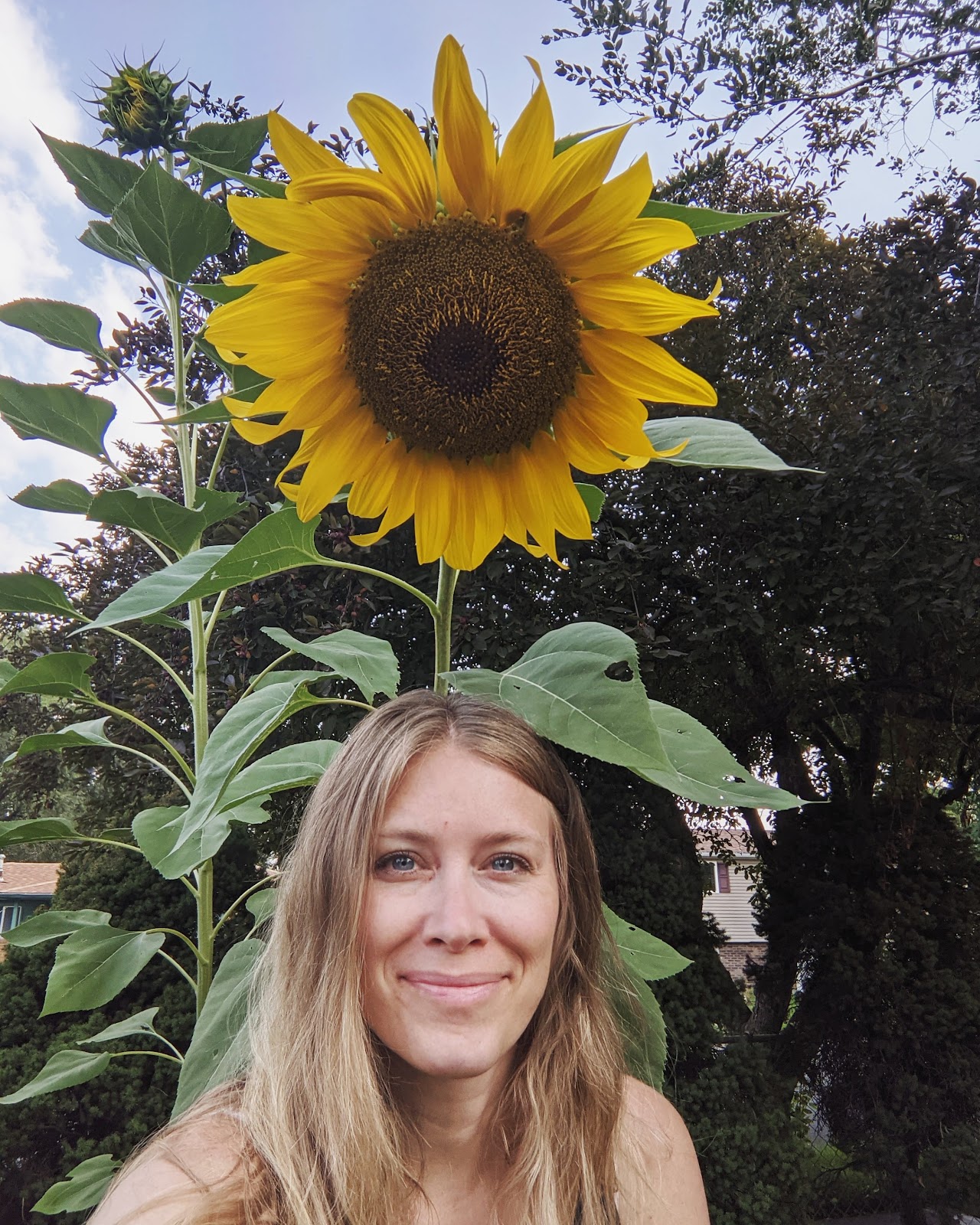When I first discovered Lamb's Ear, I was hooked. It was soft, fuzzy, velvety, and had a lovely silver/green hue to the foliage. I bought a four-pack of starts and tucked them into a few pots on my patio. I figured I'd give it a little try and see what came of it.
Before long, it had filled in it's little space in whatever pot I put it in. I loved rubbing the leaves whenever I walked by one of the pots on my patio. I hope it survives the winter, and am looking forward to seeing what comes of it in the spring!
LAMB'S EAR FACTS
LIGHT: part sun, sun
PLANT TYPE: perennial
AVERAGE HEIGHT: 6 inches to 3 feet
WIDTH: 12-48 inches
BLOOM: blue, pink, red, white
FOLIAGE: gray/green
SEASON: spring, summer, fall blooming
SPECIAL FEATURES: deer resistant, drought tolerant, ground cover, good for containers, low maintenance
ZONES: 4-9
Herb-enthusiasts might also know this fuzzy foliage as woundwort. The name woundwort refers to the medicinal use of the leaves as bandages to stop bleeding. Children often love to use these for small cuts and scrapes, and find them to be more pleasant than a bandaid. Lamb's ear leaves can be harvested just before flowers appear. Then, they can be dried and steeped in boiling water for tea.
When lamb's ear are in bloom they have tiny mauve flowers on spikes that stand two to three feet above the bottom leaves, and bloom in late spring or early summer. The entire plant stalk can be cut and used in floral arrangements or for use in dried floral arrangements. Lamb's ear is still most prized for its foliage.
They work very well as border plants, companion plants for other perennials, or even in containers, like I had them.

PLANTING LAMB'S EAR
If your garden conditions are not soggy, growing lamb's ear is simple. The plant is quite hardy through zones 4-8 and can handle drought-like conditions. Plant your lamb's ear in full sun or only partial shade. Don't forget to make sure the soil drains well, especially in the shade.Plant the lamb's ear no deeper than it was in its nursery pot, and plant multiples about a foot apart to avoid overcrowding them when they spread. Water the newly planted seedling, but don't soak it, they don't like to be waterlogged.

HOW TO GROW & CARE FOR LAMB'S EAR
Once the lamb's ear is well established, they require very little. Only needing water when the soil is quite dry, they are very low-maintenance! If your plants are growing in water-logged sites or humid conditions, such as heavy spring rain, you can spread mulch under the foliage to help the leaves stay drier.Trim the plant back in the spring and cut out any brown leaves as needed.
Lamb's ear do best with good drainage and low humidity. Here in Utah, our humidity is low, so they love the weather. Southern gardeners will need to make sure they get a lot of sun to avoid staying soggy. You may find, though, they are not as happy in a southern garden. I did find in some research that gardeners in areas at the edge of the southern states might want to try the variety Helene von Stein, also known as Big Ears. Apparently, it is more able to handle the extreme heat and humidity than the other varieties.
In freezing winter areas like where I live, it’s wise to leave the dead leaves in place to protect the crown of the plant during the coldest times. When spring comes, and the first new leaves start to emerge, rake the dead leaves away and leave room for the new growth. If they have poor drainage during a wet winter, they may become sickly. Make sure they have great drainage.
For those looking for strictly foliage, in my research I found a variety called Silver Carpet that rarely flowers. This kind makes a great ground cover that seems to go with anything it is planted near.
+++ So, are you going to plant these lovely, fuzzy, plants in your garden? Do you grow lamb's ear? If so, let me know what you think about it!
Sources:








Join the conversation!
Thanks for stopping by The Joy Blog! I hope you like what you have seen so far. Feel free to share your thoughts or questions in the comments. I try to respond to almost every single comment.